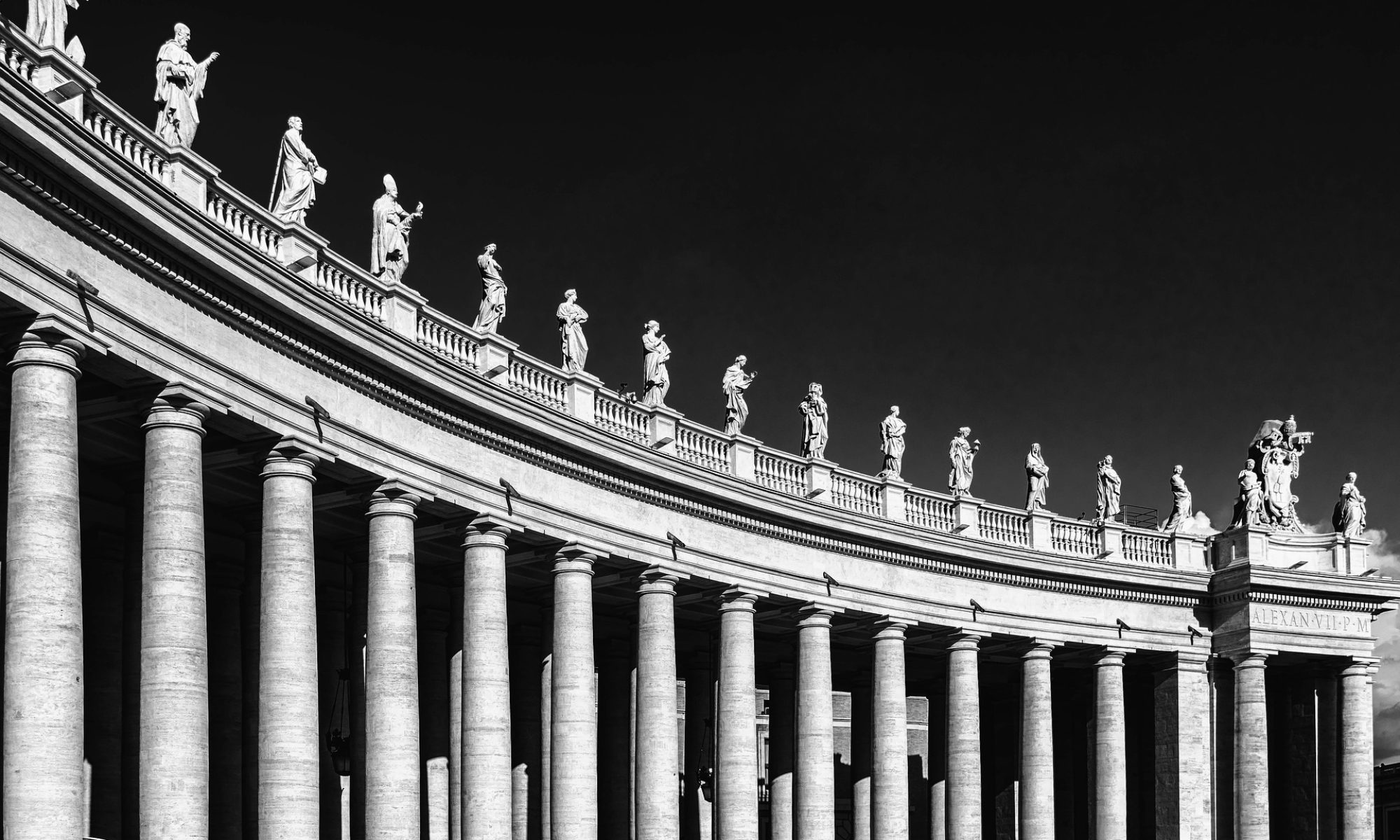The conferral of the title of “Doctor of the Church” on John Henry Newman (1801-1890) is one of the first theologically significant acts of Leo XIV’s papacy and has a symbolic value of some importance. For this reason, it must be noted. The title is a recognition of authority and an indication that the work of the “doctor” (who, before being declared as such, was recognized as a “saint”) is an important source of inspiration for Roman Catholicism.
The Roman Catholic Church recognizes 38 Doctors of the Church (including four women): from ancient and medieval fathers such as Augustine to Thomas Aquinas, from the anti-Protestant apologist Robert Bellarmine to the champion of Baroque Mariology, Alfonsus Liguori. The list of doctors reflects the catholicity of Rome: its desire to embrace the West and the East, theologians and mystics, antiquity and modernity. Roman Catholicism is a formidable religious aggregator, and its “doctors” are all pieces of its theological puzzle. The last doctor to be recognized was John Henry Newman. Why Newman?
Here are two possible reasons.
1. Newman was a “convert” from Anglicanism.
In his youth, he had been an Anglican with some evangelical leanings. Then, studying the development of dogmas in his own way (in his essay The Development of Christian Doctrine [1845]), Newman concluded that Roman Catholicism (including the Council of Trent and Marian dogmas) was apostolic Christianity and that the Church of Rome was the true church. He later became a priest, a revered Catholic theologian, and a cardinal of the Holy Roman Church. His famous phrase has become one of the mantras of converts from Protestantism to Catholicism: “To be deep in history is to cease to be a Protestant.” It has to be said that Newman’s previous religious experience was never shaped around the two gospel pillars of the supreme authority of Scripture and justification by faith alone. Moreover, for all its apparent sophistication and subsequent success, his theory of the development of dogma assumes the infallibility of Rome rather than proving it.
Having said that, Newman’s biography embodies that of a convert to Roman Catholicism for whom Protestantism is theologically infantile and devoid of historical memory; Roman Catholicism, on the other hand, encompasses the fullness and richness of the faith. Many stories of conversion to Rome have found a model in Newman.
He is already considered the patron saint of Anglicans who became Roman Catholics. Now that he has been proclaimed a “doctor,” could it be because Leo XIV wants to present him as a model for Protestants of all sorts who are fascinated by the “great tradition” (e.g., the recent embrace of Anglicanism by theologian Matthew Barrett)?
Before Newman, Pope Francis had conferred the honorary title of “doctor” on Irenaeus of Lyon (b. 130). In doing so, Roman Catholicism appropriated a great Father of the church, also esteemed by evangelicals for his Trinitarian doctrine of creation. Now, with Newman as a “doctor,” Rome wants to point out the Roman Catholic way of reading the Fathers and delving into Tradition to those who flirt with it.
2. Newman is one of the main inspirations for the theology of Vatican II.
Newman laid the foundations for a dynamic understanding of Tradition by promoting the perspective of Roman Catholicism as an organic and living whole. If in the 19th century neo-Thomist Catholicism risked being stuck in a closed and doctrinaire system, focused entirely on the defense of “Roman” institutions and practices, Newman introduced the category of “development” into Roman Catholic theology. This is part of the grammar of “updating” (aggiornamento) adopted by John XXIII in convening the Second Vatican Council (1962-1965) and then in the “renewal” that followed.
In fact, it is impossible to understand Roman Catholic theology today, pluralistic and changing, without referring (also) to Newman. Today, Roman Catholicism is not fixated on merely repeating the past, but has rediscovered the dynamic of inclusion, even of “reform,” while remaining committed to its unchanging nature. Because of his theology of “development,” Newman is unpopular with traditionalist Catholics (for example, the Society of St. Pius X).
However, he is not an exponent of “liberal” or “progressive” theology. It is no coincidence that it was Benedict XVI who beatified him in 2010, appreciating “his zeal for the renewal of ecclesial life in fidelity to the apostolic tradition.” For Newman, Roman Catholicism is the “authentic development” of Christianity, and it is this constant “development” that nourishes its life and activities.
By elevating Newman to “doctor” (among other things, it was Leo XIII who made him a cardinal), Leo XIV is fully in line with Vatican II, which updated the catholicity of the Church without losing sight of its Roman character.
For (at least) these two reasons, Leo XIV accomplished perhaps the most significant theological act of his early pontificate: in the wake of Vatican II, with an eye toward attracting non-Catholics, primarily restless Protestants, to Rome.



